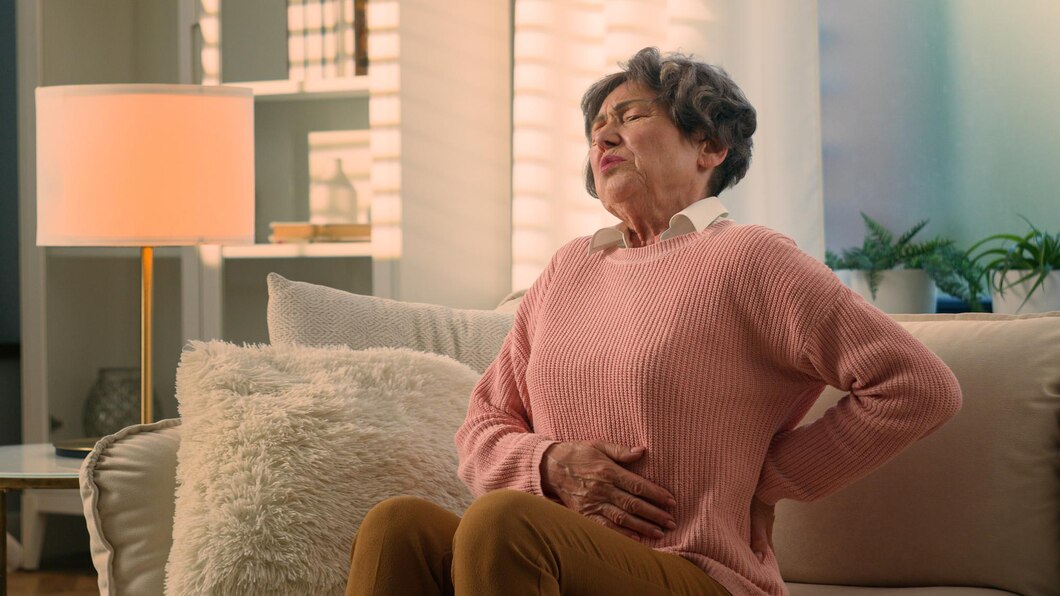Endometriosis in Elderly Women
Endometriosis is a chronic gynecological disorder characterized by the presence of endometrial-like tissue growing outside the uterus, often found within the pelvic area. Normally associated with women of reproductive age, endometriosis can persist into older age, affecting elderly women as well. This condition involves the abnormal growth and shedding of tissue similar to the lining of the uterus, which responds to hormonal changes just like the endometrium within the uterus itself. While menopause typically reduces estrogen levels and diminishes symptoms in many women, some elderly women continue to experience symptoms due to residual estrogen production from sources like adipose tissue. Thus, endometriosis in older women can present challenges in diagnosis and management, requiring careful consideration of symptoms and appropriate treatment strategies to alleviate pain and improve the quality of life in this demographic.
Understanding Endometriosis
Endometriosis is a medical condition where tissue similar to the lining of the uterus, known as endometrial tissue, grows outside the uterus. These abnormal growths, called endometriotic implants, can develop on various organs within the pelvic cavity, such as the ovaries, fallopian tubes, bladder, and intestines.
The development and persistence of endometriosis are closely tied to hormonal changes, particularly estrogen fluctuations that occur during the menstrual cycle. This estrogen dependence means that the endometriotic implants can respond to hormonal cues, leading to inflammation, tissue buildup, and subsequent symptoms.
Symptoms of endometriosis can vary significantly among individuals but commonly include pelvic pain that may worsen during menstruation, heavy menstrual bleeding, pain during intercourse, and difficulties with fertility. The severity of symptoms does not necessarily correlate with the extent or size of the endometriotic implants, making diagnosis and management challenging.
Effective management of endometriosis typically involves a multidisciplinary approach, including medical therapies to alleviate pain and hormonal treatments to regulate estrogen levels. Surgical interventions may be necessary in some cases to remove or reduce the endometriotic implants and improve symptoms.
Understanding the complex nature of endometriosis and its impact on pelvic health is crucial for timely diagnosis and appropriate management strategies aimed at improving the quality of life for individuals affected by this chronic condition.
Endometriosis in Elderly Women
Endometriosis, a condition where tissue similar to the lining of the uterus grows outside the uterus, is predominantly associated with younger women but can also manifest or persist into older age among some women. Several factors contribute to the occurrence of endometriosis in elderly women, highlighting the complexities and challenges in its diagnosis and management:
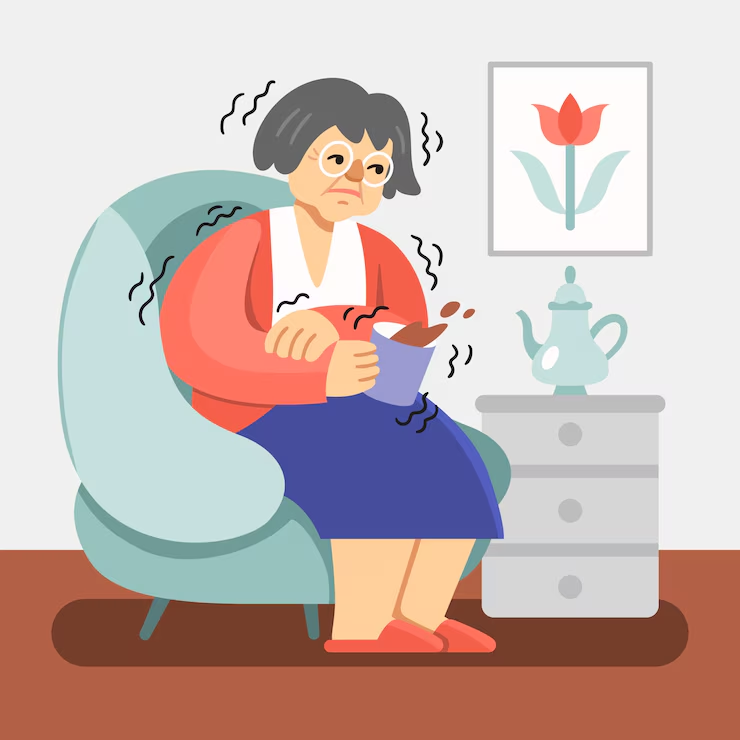
Delayed Diagnosis
Endometriosis is often diagnosed earlier in reproductive-age women when symptoms such as pelvic pain, heavy menstrual bleeding, and infertility are more pronounced. However, in some cases, the condition may remain undiagnosed or misdiagnosed until later in life. This delay in diagnosis can occur due to symptoms being attributed to other age-related conditions or a lack of awareness among healthcare providers about the possibility of endometriosis in older women. As symptoms worsen or new symptoms arise in elderly women, diagnostic evaluations may finally reveal the presence of endometriosis.
Hormonal Changes
Menopause typically results in a decline in estrogen production, leading to relief from endometriosis symptoms in older women. However, some women continue to produce small amounts of estrogen, primarily through adipose tissue (fat cells). This residual estrogen can sustain existing endometriotic implants or contribute to the development of new ones in older age. Consequently, despite the natural decline in estrogen levels with menopause, endometriosis can persist or recur in elderly women, albeit with potentially milder symptoms compared to their younger counterparts.
Surgical History
Previous surgical interventions, such as hysterectomy with ovarian preservation or incomplete removal of endometriotic tissue during earlier procedures, can also influence the presence of endometriosis in older women. In cases where endometriotic tissue was not completely removed or where ovarian function was preserved after hysterectomy, residual tissue can continue to cause symptoms or lead to the recurrence of endometriosis later in life. These surgical histories necessitate careful consideration and evaluation when assessing pelvic pain or other symptoms in elderly women.
Chronic Pain
Chronic pelvic pain, a hallmark symptom of endometriosis, can persist or worsen with age in women who have the condition. Elderly women experiencing chronic pelvic pain or new-onset symptoms may undergo diagnostic investigations that reveal endometriosis as a contributing factor. The identification of endometriosis in these cases requires thorough evaluation and tailored management strategies to alleviate symptoms and improve quality of life.
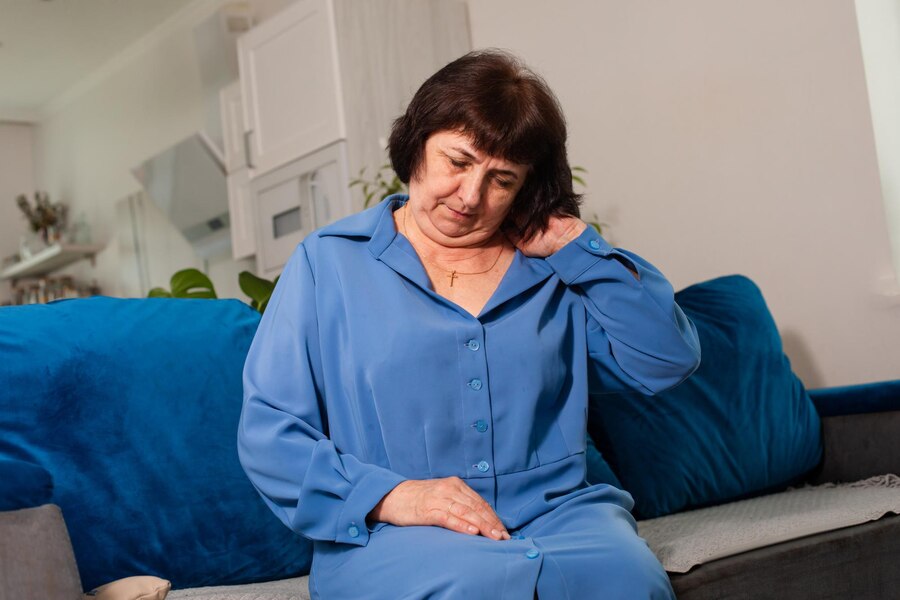
Diagnosis and Management of Endometriosis in Elderly Women
Diagnosing endometriosis in elderly women poses challenges due to symptoms that can mimic those of other age-related conditions. Diagnostic approaches typically include:
- Pelvic Examination: A physical examination to assess pelvic organs and identify any abnormalities that may suggest endometriosis.
- Imaging Studies: Techniques such as ultrasound or MRI may be used to visualize pelvic structures and detect possible endometriotic implants or other abnormalities.
- Laparoscopy: This minimally invasive surgical procedure allows direct visualization of the pelvic cavity to confirm the presence of endometriosis through biopsy and evaluation of lesions.
Management strategies for endometriosis in elderly women aim to alleviate symptoms and enhance quality of life:
- Pain Management: Nonsteroidal anti-inflammatory drugs (NSAIDs) are commonly used to relieve pain and inflammation associated with endometriosis. Additionally, hormonal therapies such as progestins can help manage pain by reducing estrogen levels.
- Hormonal Therapies: Gonadotropin-releasing hormone (GnRH) agonists or aromatase inhibitors are hormonal treatments that suppress estrogen production. These therapies can slow the growth of endometriotic implants and alleviate symptoms.
- Surgical Options: When conservative treatments are ineffective or symptoms are severe, surgical interventions may be considered. Surgical options range from removing endometriotic implants through laparoscopy to performing a hysterectomy (removal of the uterus), especially in cases where fertility is not a concern.
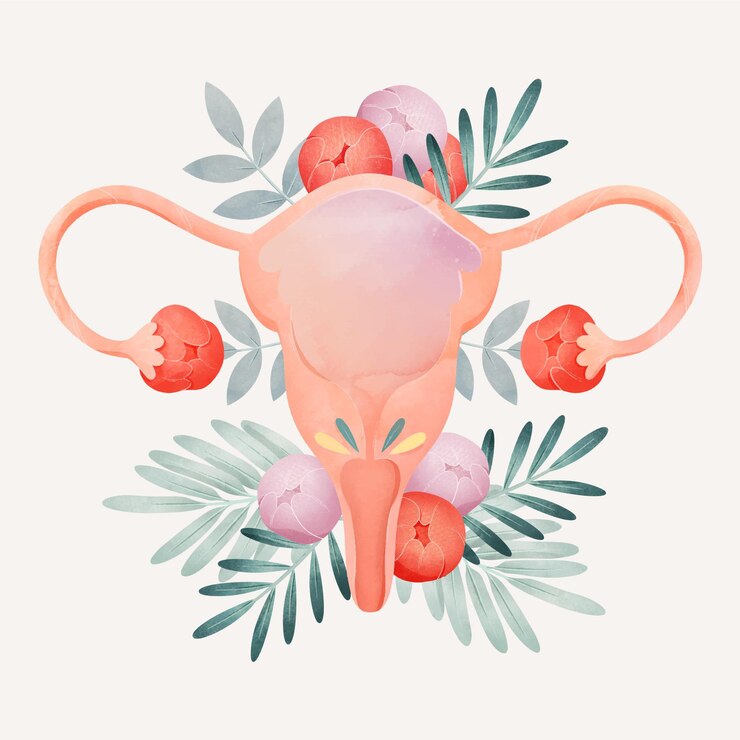
Quality of Life Considerations for Elderly Women with Endometriosis
Endometriosis, despite being more prevalent in younger women, can profoundly impact the quality of life of elderly women, affecting various aspects of their well-being including physical, emotional, and social dimensions. Managing the condition effectively in this demographic requires a comprehensive approach that considers the following factors:
- Physical Well-Being: Endometriosis symptoms such as chronic pelvic pain, fatigue, and gastrointestinal discomfort can significantly impair physical functioning and daily activities in elderly women. Adequate pain management in endometriosis strategies, including medications and hormonal therapy for endometriosis, are crucial to alleviate symptoms and improve physical health.
- Emotional Health: Living with chronic pain and managing the challenges of endometriosis can take a toll on emotional well-being. Elderly women may experience stress, anxiety, and depression related to their condition. Counseling and psychological support can play a vital role in addressing these emotional concerns, promoting resilience, and enhancing overall mental health.
- Social Impact: Endometriosis can affect social interactions and activities, potentially leading to social isolation or limitations in participation. Supportive care that includes education about the condition and its impact, along with strategies to manage symptoms effectively, can empower elderly women to maintain social connections and engage in activities that are meaningful to them.
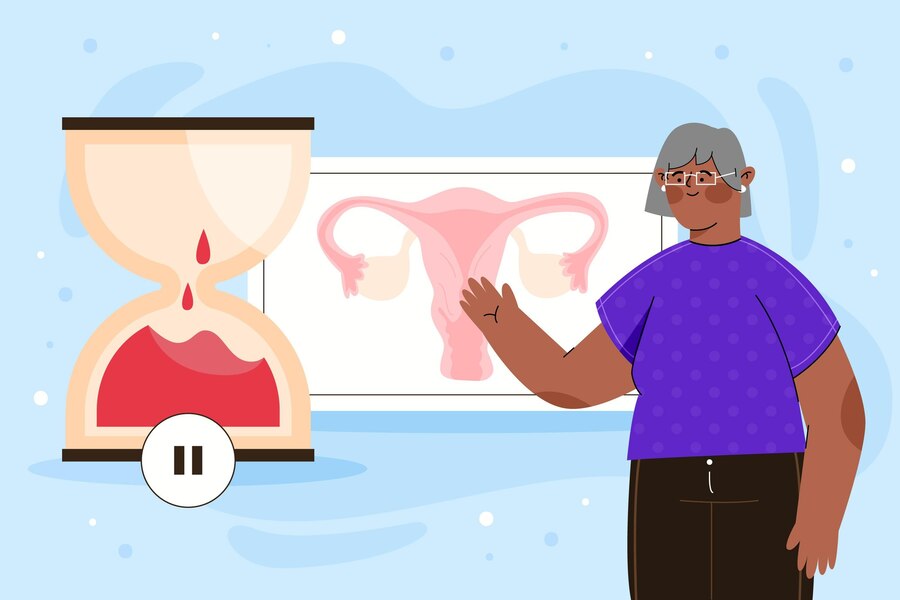
Effective management of endometriosis in elderly women also requires heightened awareness among healthcare providers. Timely diagnosis and appropriate treatment strategies tailored to the individual’s age-related health considerations are essential to improving outcomes and enhancing quality of life. Regular monitoring and adjustment of treatment plans based on the woman’s response and preferences ensure ongoing support and optimized management of endometriosis throughout her life.
While endometriosis is more commonly associated with younger women, it can persist or present anew in elderly women. Exploring comprehensive Endometriosis treatment options with BR Healthcare can provide personalized care and relief tailored to your specific needs. Awareness among healthcare providers is crucial for timely diagnosis and appropriate management to improve outcomes and quality of life for elderly women living with endometriosis.

